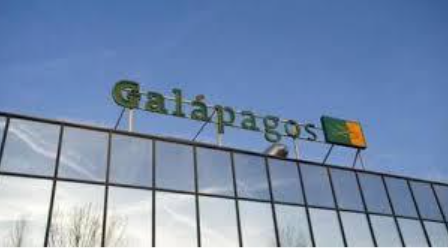The dividend yield of 5.4% is good and Q2 results beat expectations….
Pfizer (NYSE:PFE) topped expectations with its second quarter results and raised its full-year outlook, driven by strength in its oncology portfolio and continued efforts towards realigning its cost base.
The New York-based pharma giant generated adjusted earnings of $0.60 a share on revenue of $13.28B that grew 2.2% year-over-year.
This marked Pfizer’s (PFE) first quarter of topline revenue growth, on a year-over-year basis, since the fourth quarter of 2022 when our COVID revenues peaked. Both metrics topped analysts’ projections for the quarter.
Revenues grew 3% operationally year-over-year despite anticipated decline in revenues from its COVID-19 products, Comirnaty and Paxlovid. Comirnaty vaccine marketed with BIoNTech (BNTX) added $195M in revenue with a ~87% drop while COVID-19 pill Paxlovid generated $251M indicating a ~79% YoY growth.
Excluding contributions from Comirnaty and Paxlovid, revenues grew 14% operationally to $12.8B, amid a strong performance from blood thinner Eliquis, which Pfizer (PFE) markets with Bristol Myers (BMY). Pfizer (PFE) also achieved exceptional growth in its oncology portfolio, with strong revenue contribution from its legacy-Seagen products.
The drugmaker raised its full-year 2024 revenue guidance by $1B at the midpoint to a range of $59.5 to $62.5 billion (consensus estimate: $60.58B) and adj. diluted EPS guidance by $0.30 at the midpoint to $2.45 to $2.65 (consensus estimate: $2.37). Including the contribution from Seagen and excluding revenues from Comirnaty and Paxlovid, the firm now expects to achieve full-year 2024 operational revenue growth of 9% to 11% Y/Y.
The company also said it is on track to deliver at least $4B in net cost savings by the end of 2024 from its previously announced cost realignment program.








